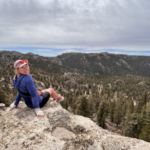Even though Marion County is known for being the most productive agricultural county in Oregon, that doesn’t mean we don’t have plenty of wild critters sharing the land with us! Choosing agricultural practices on your land that improve soil and water quality also benefit wildlife species that depend on those same resources. Conserving wildlife species in Oregon not only benefits the land and waters we share, but it also allows people to feel a sense of kinship and connection with nature. Knowing which species live on your land is the first step to providing a healthy habitat for them to thrive. Whether it’s bees, birds, or salmon you may have a whole world of biodiversity right in your backyard.
Why is Wildlife Important?
Wildlife is a critical component of a healthy ecosystem for many reasons. Whether it’s birds eating unwanted rodents and insects, bees pollinating plants, fish providing food for bears, which later act as nutrient fertilizers for forest floors, or beavers providing flood mitigation, it is a privilege to share the land and water with wildlife, and to enjoy their beauty too! Here are some of the main benefits that wildlife contributes to our ecosystems…
Crop pollination, biological pest management, soil aeration and organic matter input, seed dispersion helping forest regeneration, regulation of invasive species, provide food sources, nutrient cycling, and more!
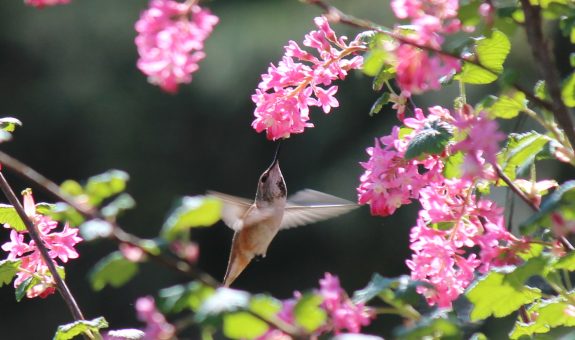
Pollinators
Pollinators are important to our environment and facilitate the reproduction of at least 80 percent of the world’s flowering plants. In addition, they help produce a healthy affordable food supply; yet many of us eradicate their habitats by using pesticides and and by removing vegetation.
Hummingbirds, bats, small mammals, beetles, bees, ants, wasps, butterflies, and moths are all pollinators. Providing nectar bearing flowers and blossoming bushes as sources of nectar and pollen year-around will help increase your pollinator population. Farmers can increase pollinators on their farm by diversifying crops and planting pollinator plots, field borders, or hedgerows.
Visit our Native Plant Sale page to plant your own native pollinator garden on your land!
Willamette Valley Species
Oregon Department of Fish and Wildlife identify 294 species of greatest conservation concern in the state…
- Greatest conservation need is defined as species that have small or declining populations, are at risk, or a management concern.
- The Wilamette Valley Ecoregion is home to 23% of the identified species of concern in the state including birds, reptiles, amphibians, mammals, fish, and invertebrates.
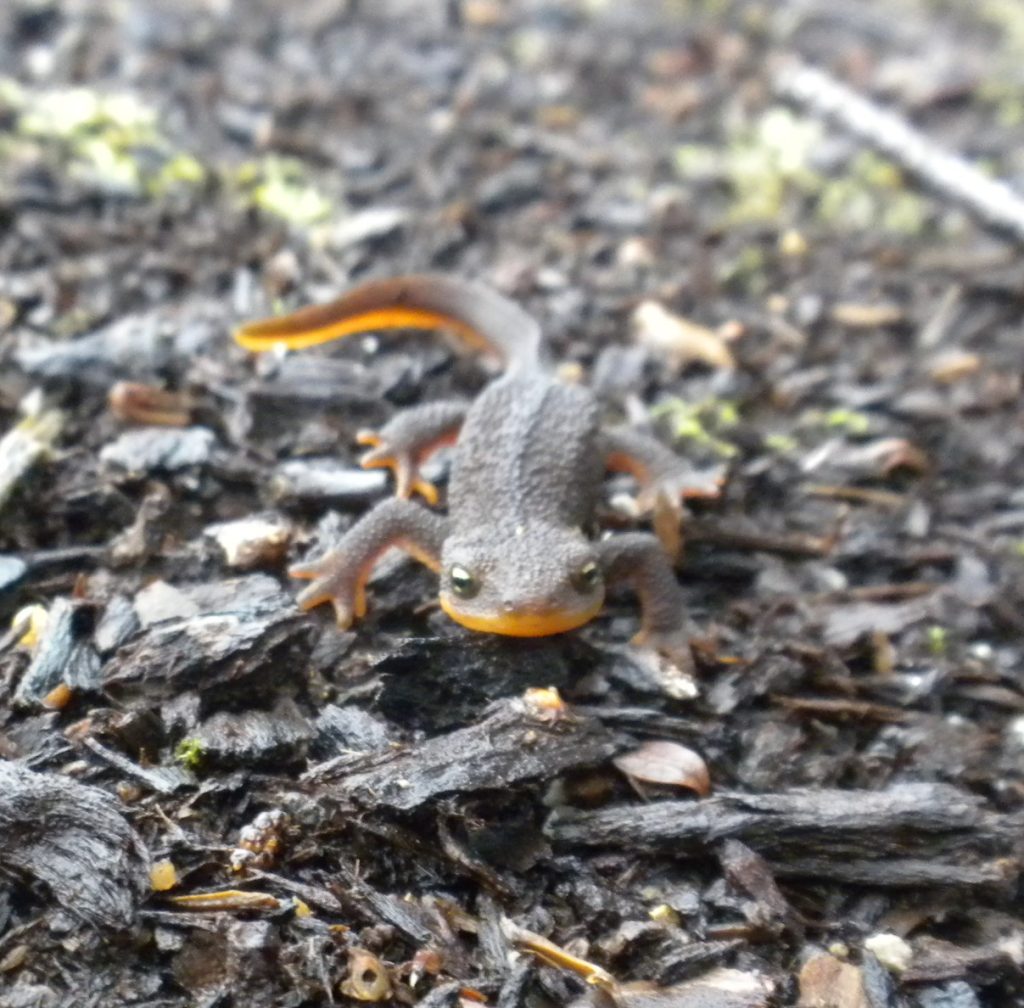
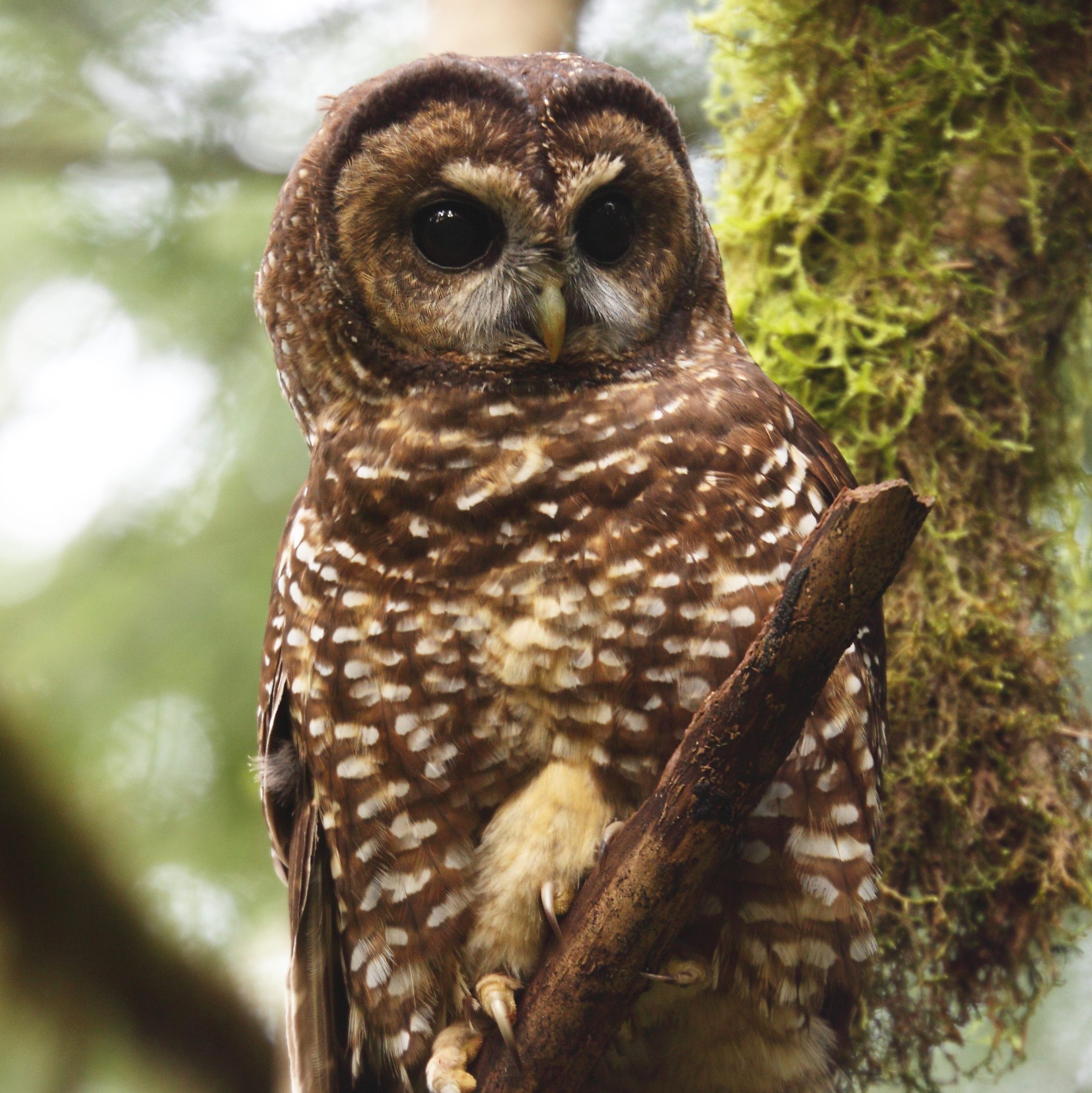
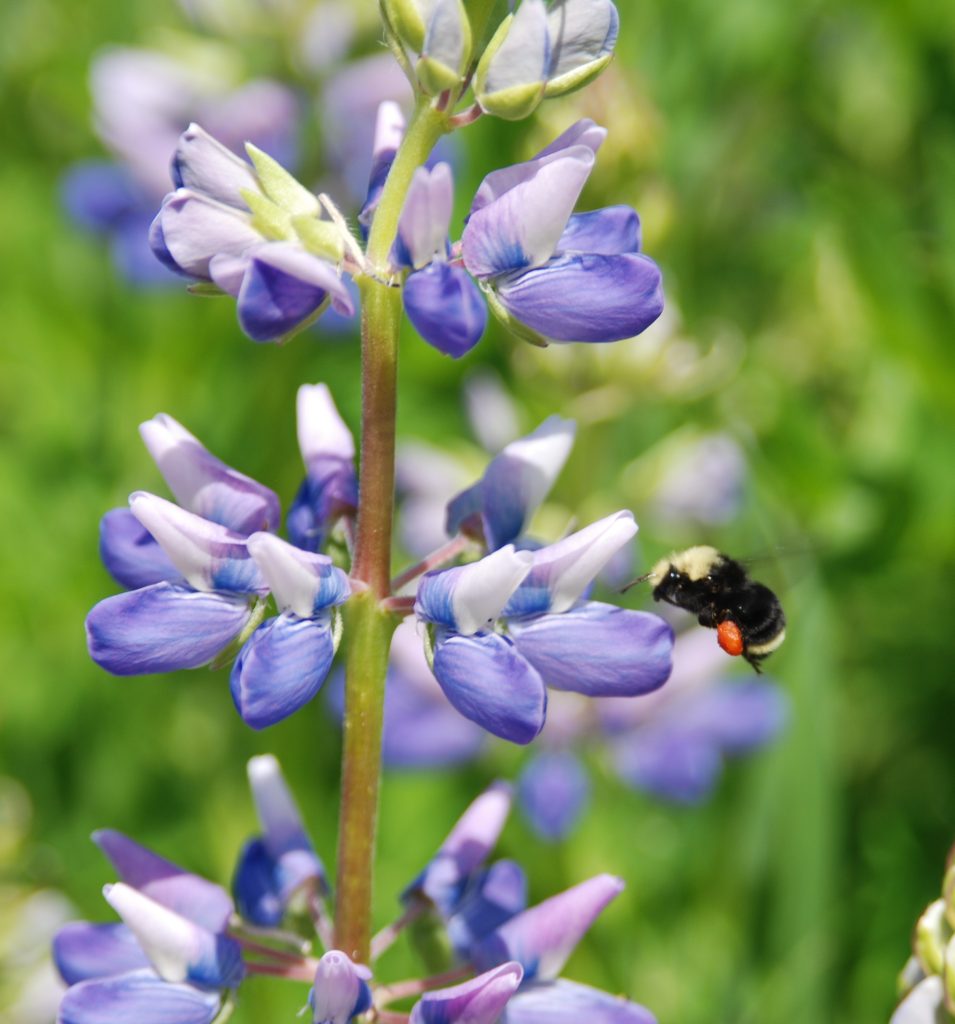
Birds
There are 16 bird species that are under conservation concern in the Willamette Valley due to factors that threaten their wellbeing and habitat. Listen to Conservation Spotlight: Celebrating Birds with Harry Fuller.
- Chipping Sparrow
- Common Nighthawk
- Northern Spotted Owl
- Grasshopper Sparrow
- Purple Martin
- Short Eared Owl
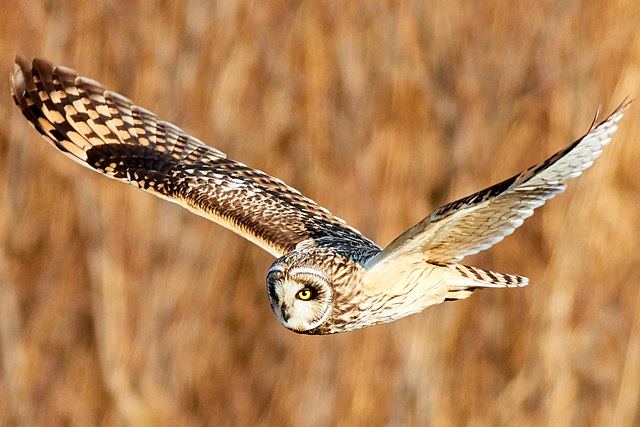
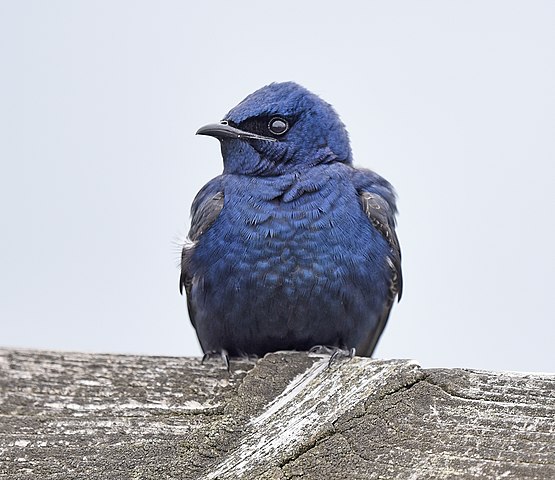
- Acorn Woodpecker
- Dusky Canada Goose
- Olive- Sided Flycatcher
- Oregon Vesper Sparrow
- Western Bluebird
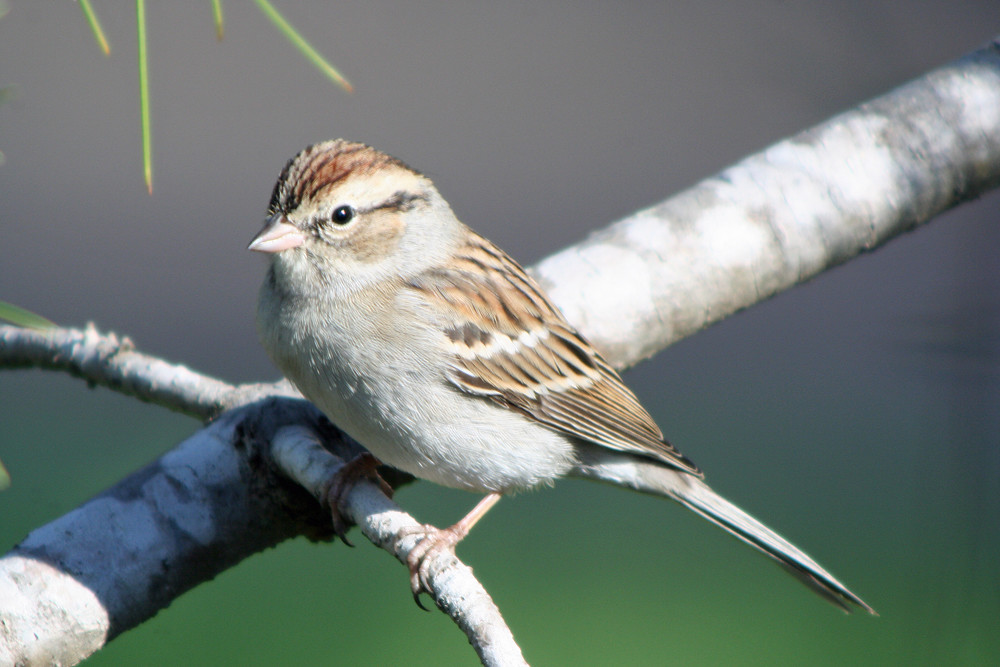
- Willow Flycatcher
- Yellow-breasted Chat
- White-breasted Nuthatch
- Streak Horned Lark
- Western Meadowlark
Amphibians
There are 7 identified amphibian species of concern in the Willamette Valley under the Oregon Conservation Strategy.
- Cascade Torrent Salamander
- Columbia Torrent Salamander
- Cascade Salamander
- Clouded Salamander
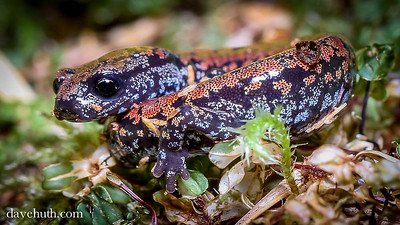
- Foothill Yellow-legged Frog
- Northern Red-legged Frog
- Southern Torrent Salamander
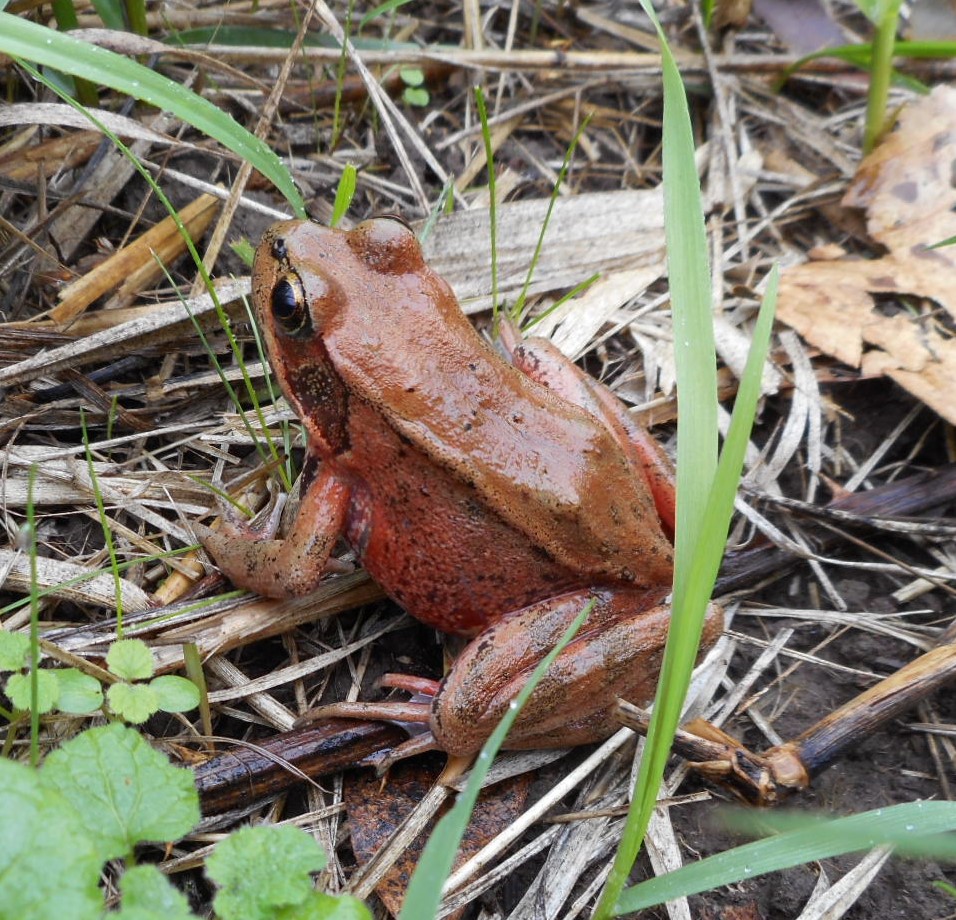
Mammals
There are 7 species of concern in the Willamette Valley from Oregon’s Strategy Species list.
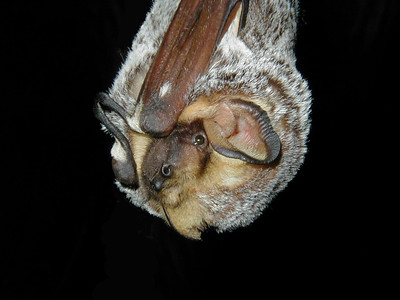
- Hoary Bat
- Silver Haired Bat
- Western Gray Squirrel
- Fringed Myotis
- California Myotis
- Columbia White-tailed Deer
- Townsend’s Bit-eared Bat
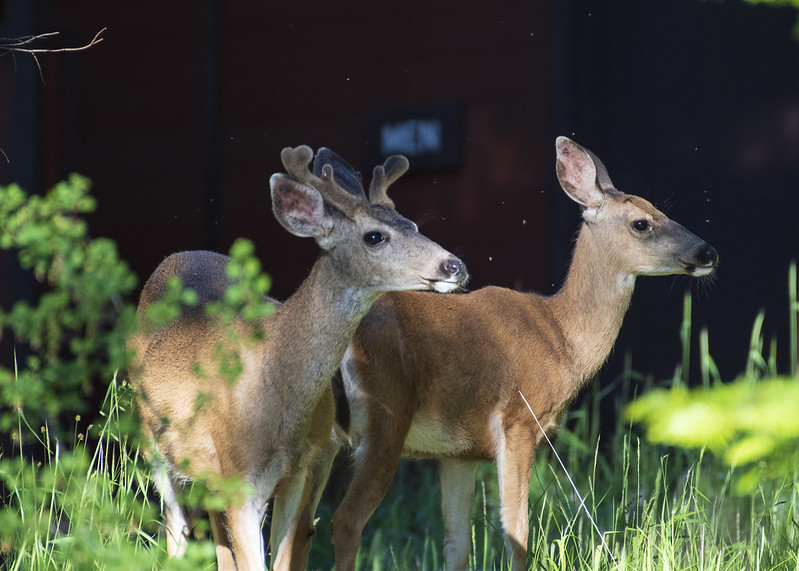
Reptiles
There are 3 species of reptiles that are considered a species of conservation concern in the Wilamette Valley Ecoregion.
- Northwest Pond Turtle
- Western Painted Turtle
- Western Rattlesnake
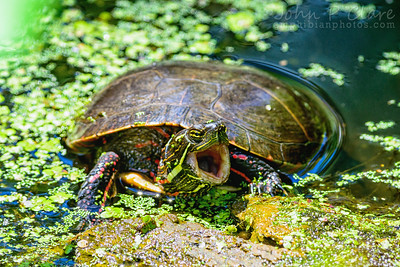
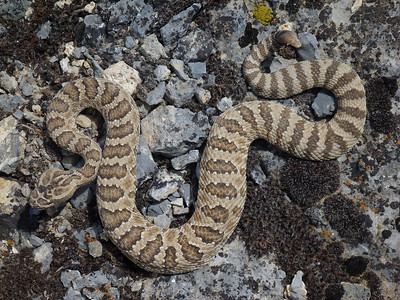
Fish
There are 13 fish species in Willamette Valley that are threated or sensitive and in need of conservation management.
- Bull Trout
- Spring Chinook
- Coastal Cutthroat Trout
- Fall Chinook
- Oregon Chub
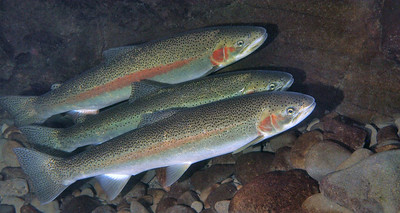
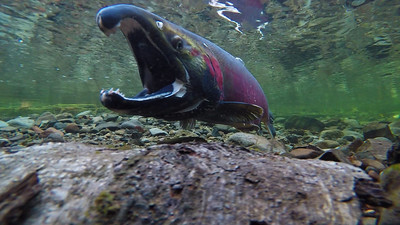
- Coastal Rainbow Trout
- Chum Salmon, Lower Columbia SMU
- Coho Salmon, Lower Columbia SMU
- Pacific Lamprey
- Eulachon
- Western Brook Lamprey
- Wester River Lamprey
- White Sturgeon
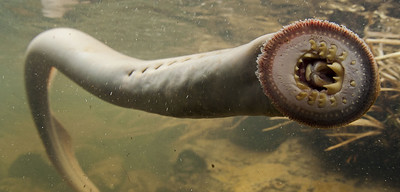
Invertebrates
There are 9 invertebrate species in the Valley that are of Conservation Concern due to threats to their habitat and resources.
- Fender’s Blue Butterfly
- Monarch Butterfly
- Taylor’s Checkerspot Butterfly
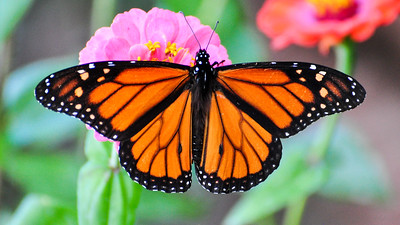
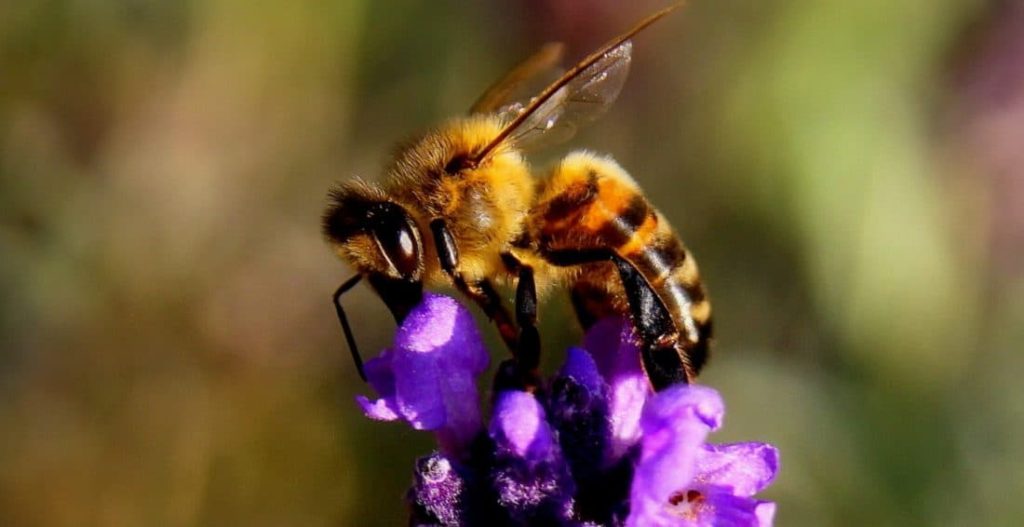
- Great Spangled Fritillary
- Stonefly
- Western Bumble Bee
- California Floater Freshwater Mussel
- Western Ridged Mussel
- Winged Floater Freshwater Mussel
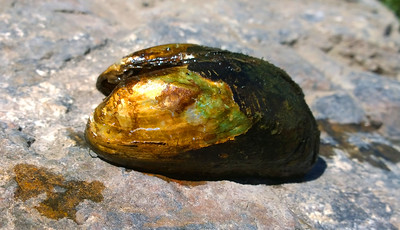
Threats and Conservation Issues
These are the focal issues that are threatening the well-being of native wildlife in Oregon. Conservation Planning and sustainable management of private and public lands and waters can help improve these conditions.
Climate Change, Land Use Changes, Barriers to Animal and Fish Movement, Invasive Species, Disruption to Disturbance Regimes, Water Quality and Quantity, and Challenges and Opportunities for Landowners to Initiate Conservation Actions.
These issues pose challenges to the native wildlife in Oregon by impeding wildlife from being able to have sustainable food sources, nesting and habitat
space and reproducing to their fullest potential.
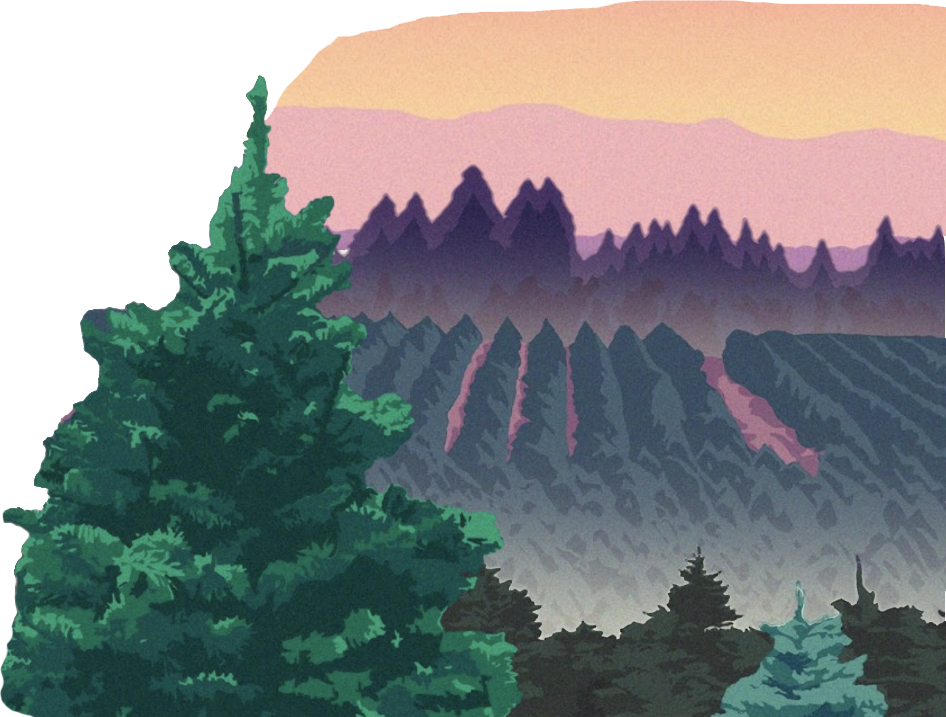
Keep Wildlife Safe
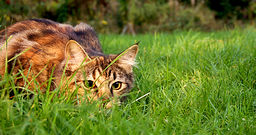
How you and your beloved pets interact with Wildlife is important too! Our dogs and cats roaming outside freely may have unintended consequences on wildlife populations and habitat if we aren’t careful. Cats are the biggest cause of mortality for wildlife such as birds, mammals, and rodents and have caused the extinction of 63 species by hunting outdoors.
Dog poop that goes neglected runs off into nearby waterways, causing detrimental effects to native fish, amphibian, and invertebrate populations and habitat. In fact, studies have traced 20-30% of bacteria in water samples back to dog waste.
Other ways to keep wildlife healthy on your land is to apply pesticides carefully and strictly according to the label requirements, secure garbage, don’t feed wildlife unless through a bird feeder that is regularly cleaned, nature-scaping your yard, and by adopting a Conservation Plan to improve wildlife habitat on your property.
Visit our Conservation Planning page to learn about how you can get involved in helping the wildlife on your property.
For additional information about how to conserve wildlife on working lands, visit https://www.farmers.gov/conservation/wildlife#wildlife-land
